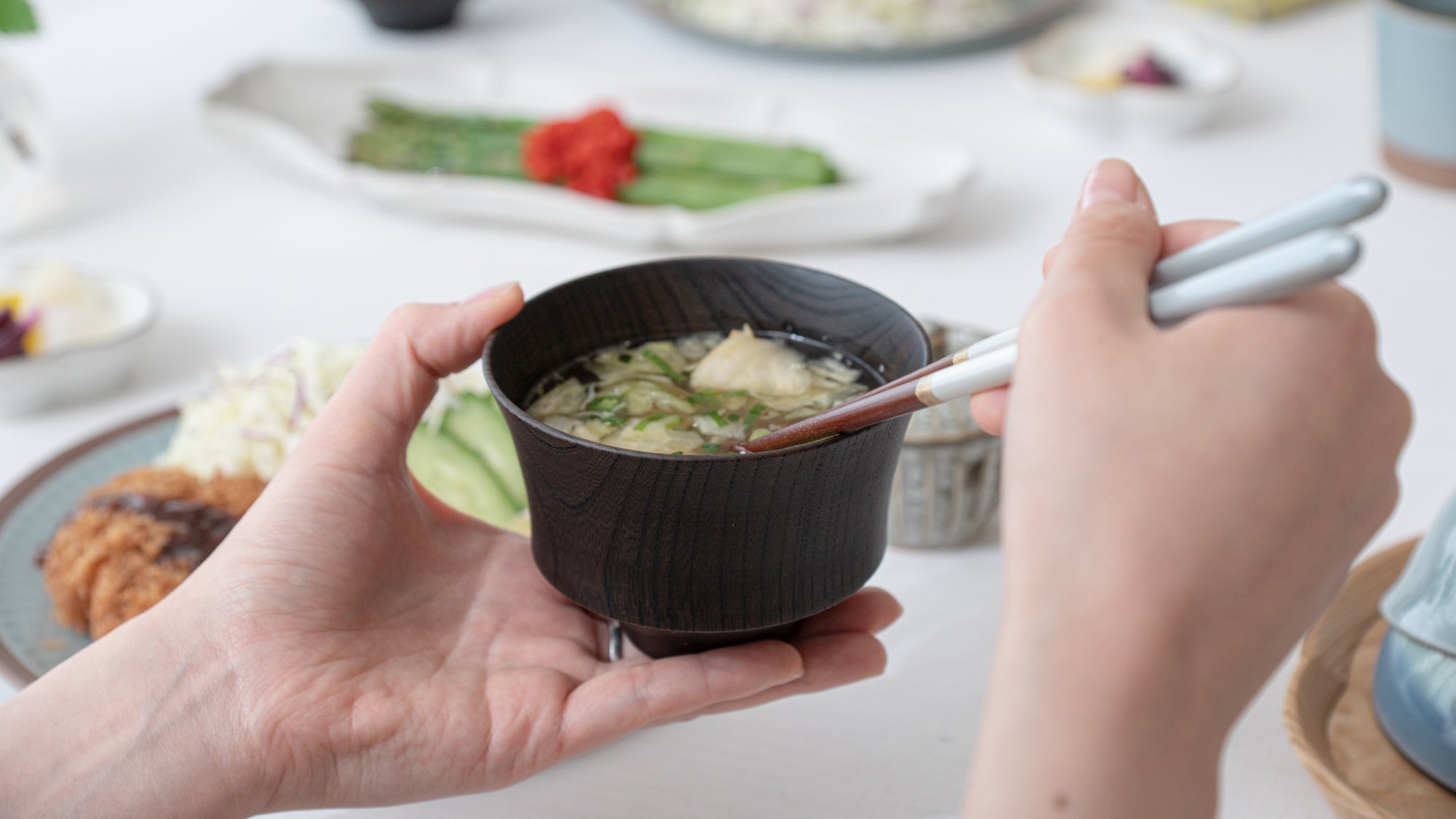
The Magic of Miso
Written by Umehara Haruka
Memories associated with food often evoke vivid sensations. Miso soup, an essential part of Japanese breakfast, evokes memories of the past for me in the same way that H-Mart does for Michel Zauner. Although, these memories are more comforting, offering a sense of warmth. Sipping miso soup reminds me of the cozy and homely meals my mum used to make for me every day.
Miso soup is soul food for the Japanese. I'm sure you've always spotted it in Japanese restaurants, invariably served alongside white rice. In essence, it is as integral to a meal as rice itself. It's rare to encounter someone who dislikes miso soup.
Five years ago, when I started making miso at home, I discovered fascinating facts about miso that were eye-opening. Every batch of miso turns out surprisingly different depending on the ingredients, climate, and conditions. The task of crushing the beans is laborious. Fresh air needs to be occasionally incorporated for fermentation by "Koji" malted rice. The color of newly made miso is pale and as it ages, the color changes and the flavors deepen. The satisfaction of tasting the miso after going through all these processes is unmatched.
Although it was a process of trial and error in the beginning, now I enjoy making miso with my children. I believe that this could be the 'taste of home' they might fondly remember in the future. I hope that, like me, a bowl full of miso soup brings them warmth and comfort.
Through this article, I hope that everyone will gain a deeper understanding of miso and enjoy eating and cooking with it more.
tables of contents
What is Miso?
Miso is often used in Japanese cuisine to add depth and complexity to soups, marinades, sauces, and dressings. It is also used as a seasoning for meat, fish, and vegetables, and is sometimes eaten as is with raw vegetables.
History of Miso
The second theory places the origins of miso in the Jomon period (c. 14,000-300 BC), where fermented fish and grain pastes were used, and said to have transformed into the soy and fish-based sauces used in modern-day Japan.

During the Edo period (c.1603-1867), the production of miso became more standardized and regulated, and various regional styles of miso emerged. Miso also became an important source of protein and nutrients for the Japanese people, particularly during times of famine and food shortages.
Today, miso is still an important ingredient in Japanese cuisine and is enjoyed around the world for its rich flavor and potential health benefits.
Types of Japanese Miso
Each variety of Japanese miso has its own unique flavor, color, and texture. Here are some of the most common types of Japanese miso:
Shiro Miso: Also known as white miso, shiro miso is made with a higher proportion of rice to soybeans and is fermented for a shorter period of time. It has a mild, slightly sweet flavor and a light beige color. Shiro miso is common in the Kansai region, used for dishes such as "dengaku"–konjac skewers topped with a sweet and savory shiro miso sauce or "ozoni"–a traditional miso-based soup enjoyed during New Year's.

Aka Miso: Also known as red miso, aka miso is made with a higher proportion of soybeans to rice and is fermented for a longer period of time than shiro miso. It has a deeper, more complex flavor and a reddish-brown color. This variety is recognized as the standard miso, and is used for dishes such as miso soups, stews, and marinating proteins or vegetables.
Awase Miso: Awase miso is a blend of different types of miso, typically shiro and aka miso. This type of miso combines the mild sweetness of shiro miso with the richer umami flavor of aka miso. Awase miso is recognized as the most versatile of the miso pastes and can be used to flavor a range of Japanese dishes such as boiled seasoned vegetables.
Saikyo Miso: Saikyo miso is a specialty miso from Kyoto that is made with a high proportion of rice to soybeans and is fermented for a shorter period of time than other types of miso. It has a sweet, delicate flavor and a light yellow color. One of the most famous saikyo miso dishes is "saikyo-yaki"–fish slices pickled overnight in saikyo miso.
Hatcho Miso: Hatcho miso is made with only soybeans and is fermented for a longer period of time than other types of miso. It has a very strong, salty flavor and a dark brown color. Hatcho miso originated from Aichi Prefecture's Nagoya City during the Edo period. A favorite among locals and visitors alike is the soul food, Hatcho miso pork cutlet.
Mugi Miso: Mugi miso is made with barley koji and has a nutty, earthy flavor. It is typically lighter in color than other types of miso and is often used in soups and stews. This variation can be found commonly in Japan's southern regions such as Setouchi in Okayama Prefecture.
My Homemade Miso

The components required to make miso are straightforward, but the intrinsic simplicity implies that each element's caliber directly impacts the end-product's excellence. Specifically, ensuring premium quality soybeans and koji is vitally crucial, in my opinion.

Furthermore, everyone decided to bring the miso they use at home and compare the flavors. I'll share the details in the next blog post, so stay tuned!





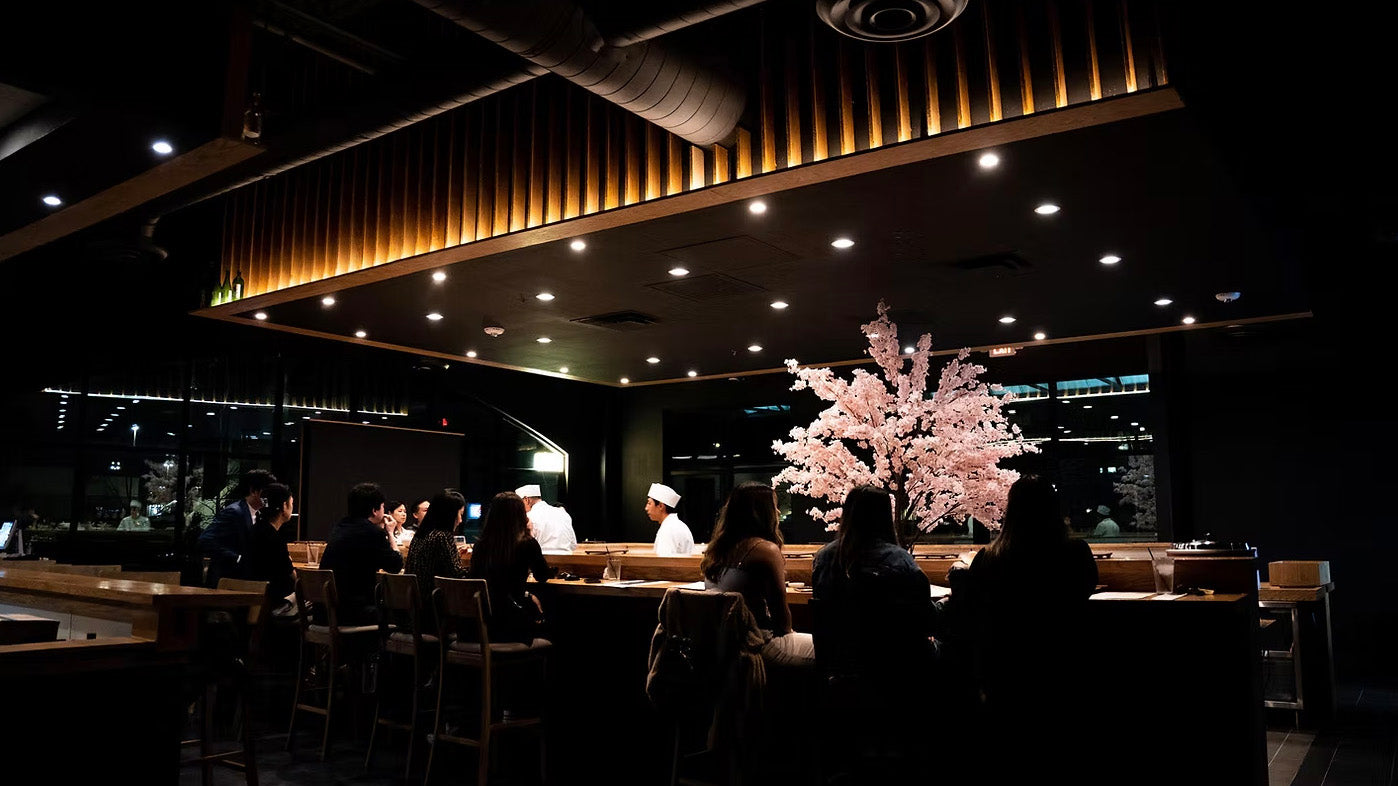
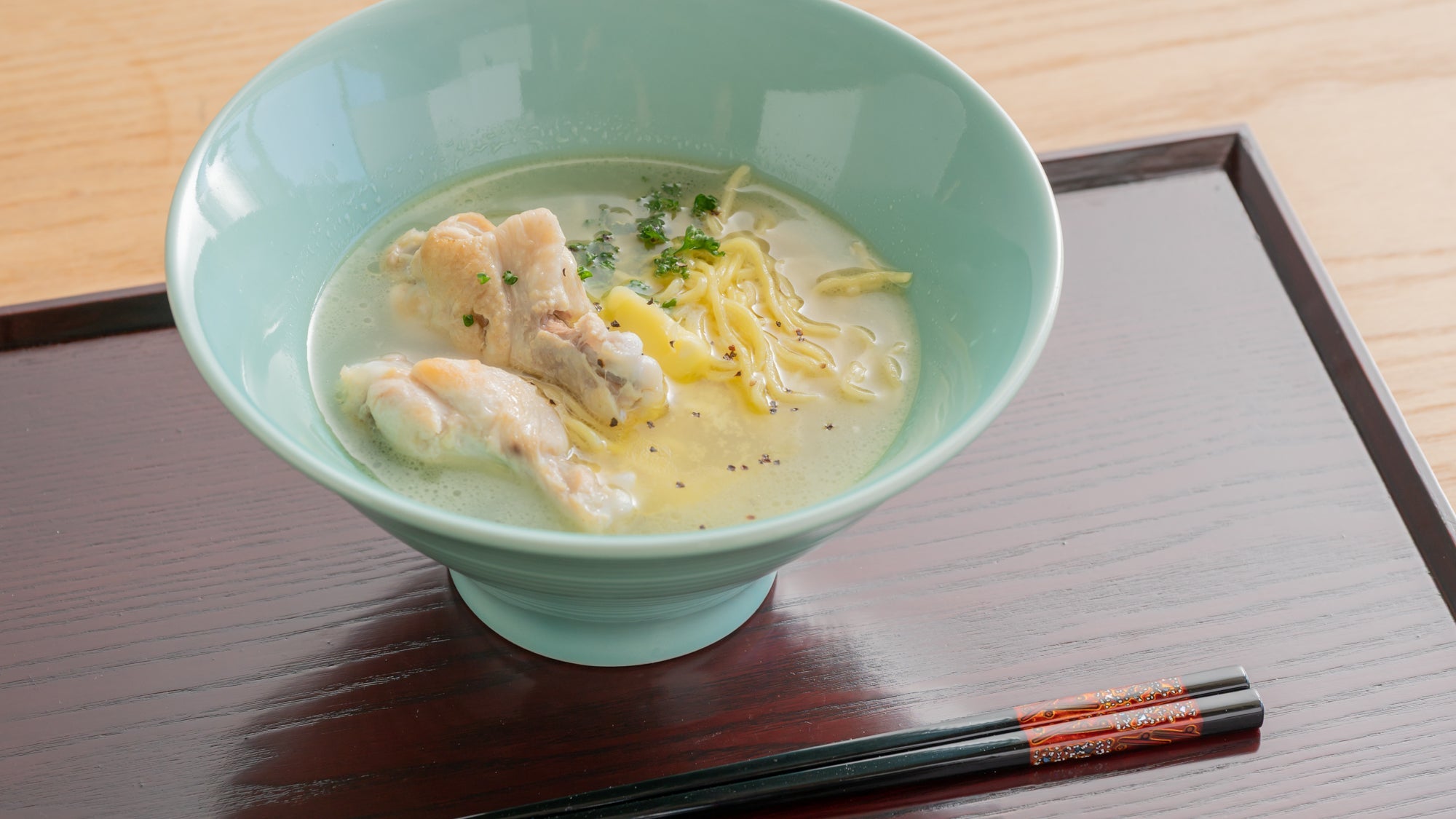
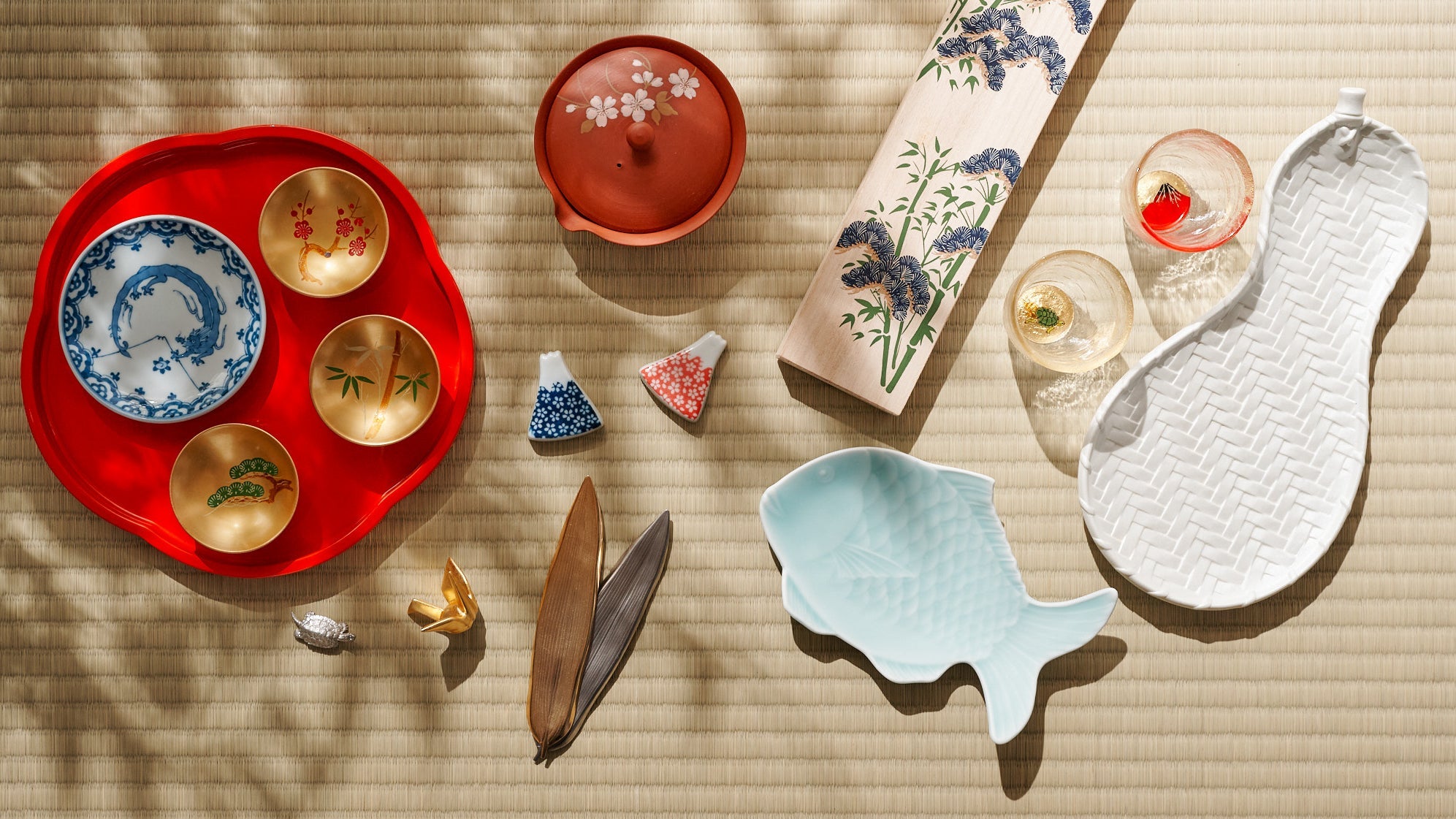
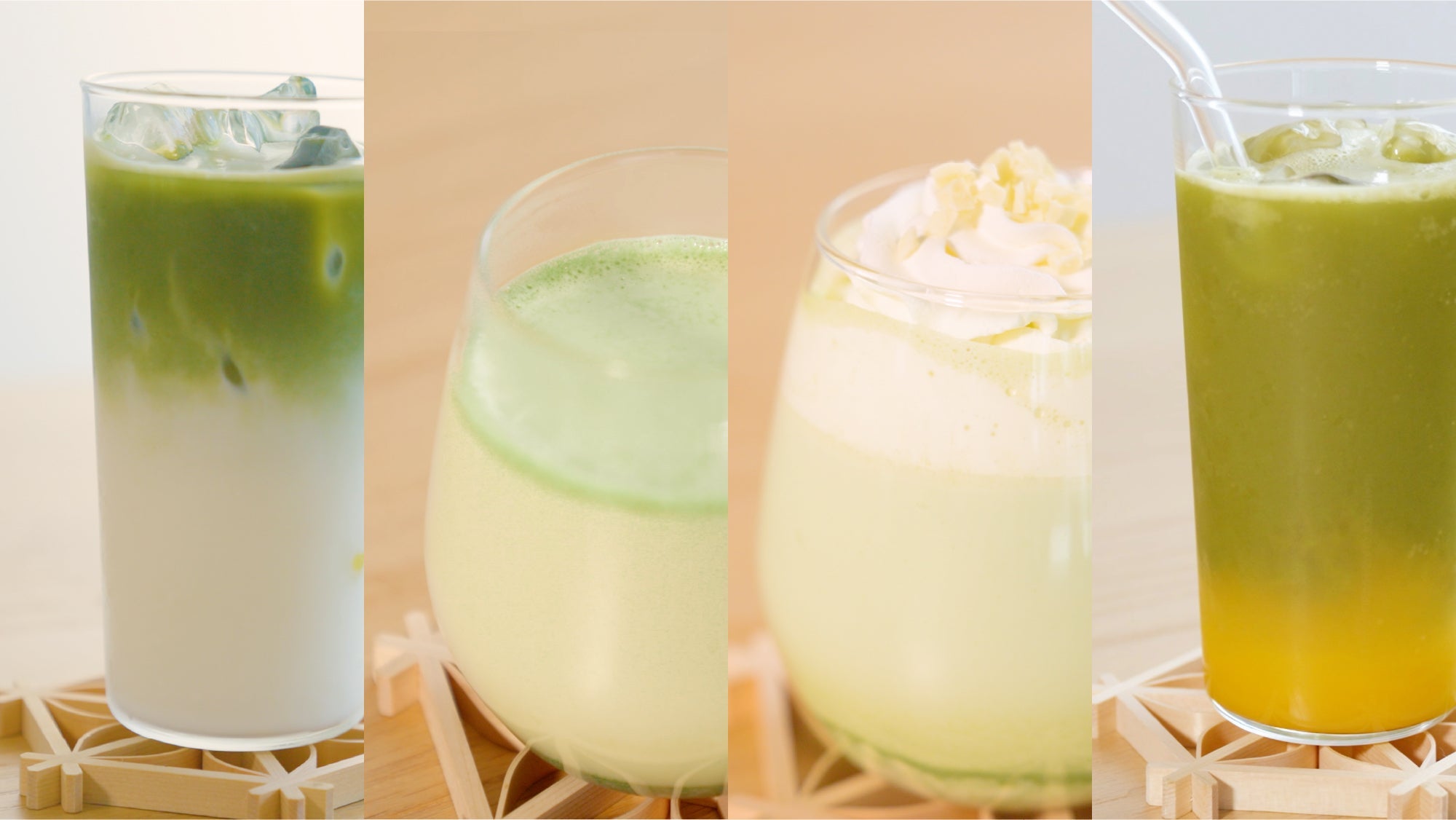
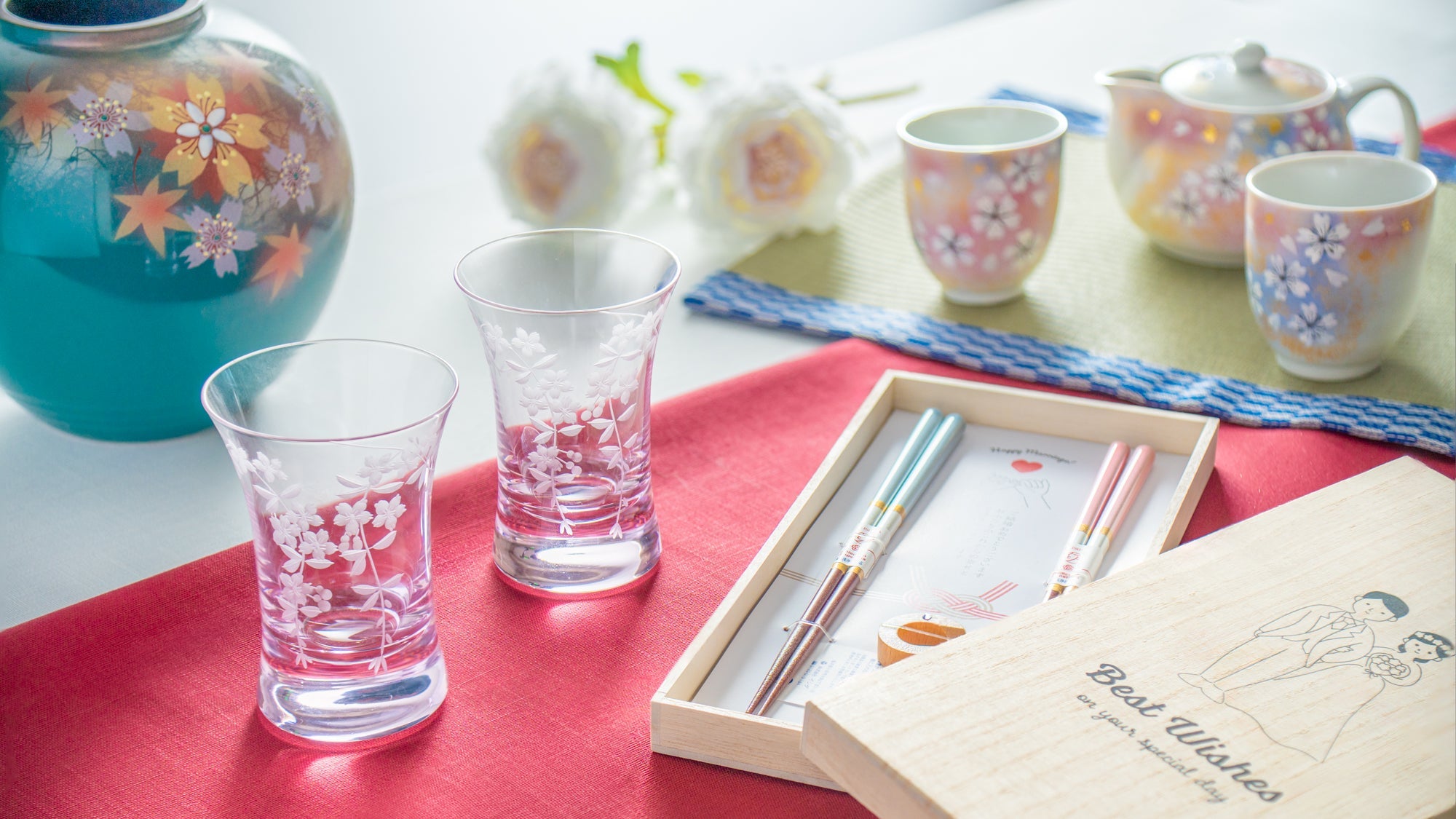
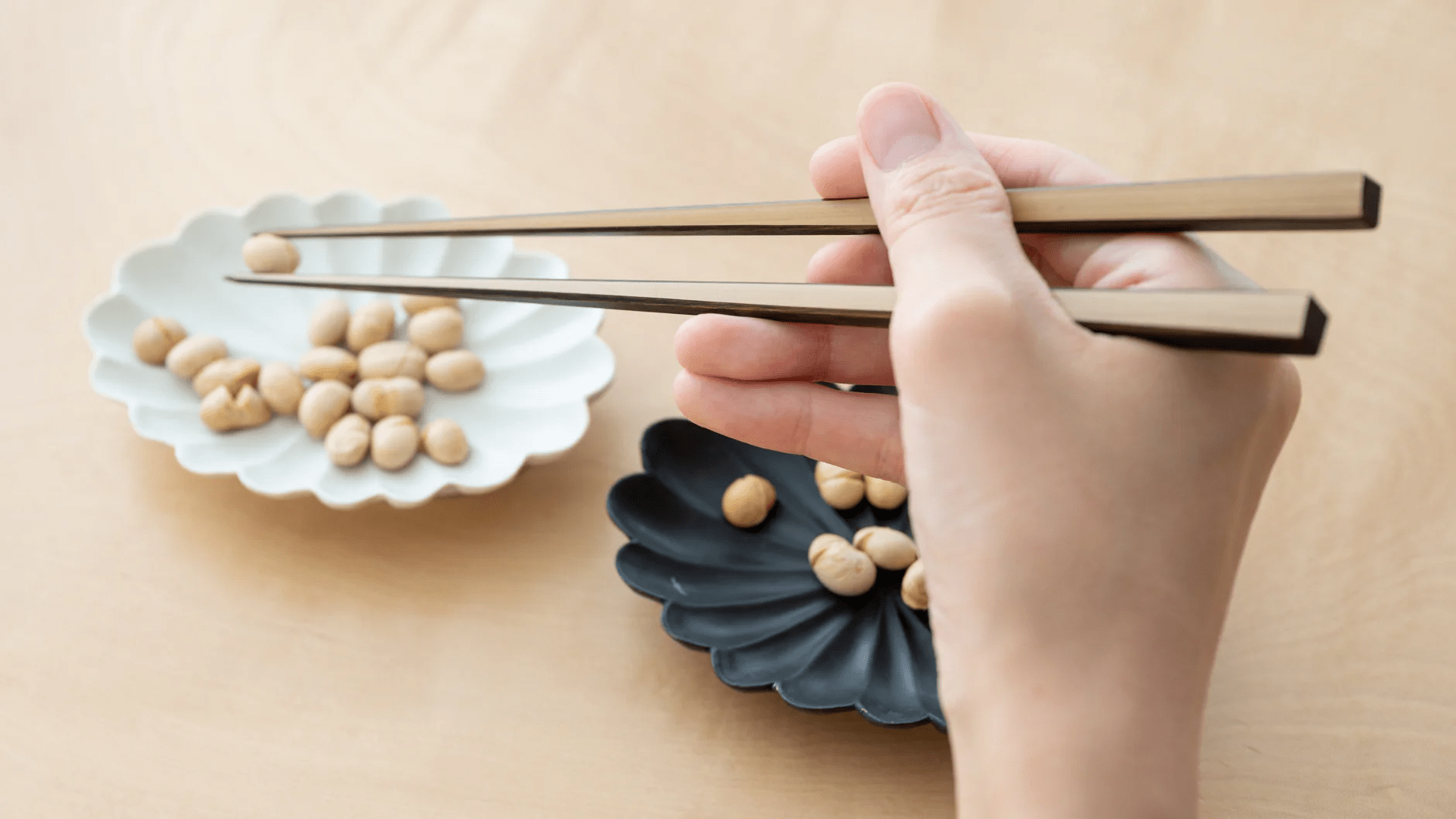

Leave a comment
This site is protected by hCaptcha and the hCaptcha Privacy Policy and Terms of Service apply.